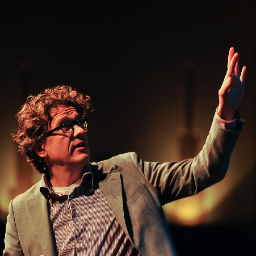READING RE-IMAGINED U0026QUOT;OK GLASS, HELP ME READ FASTERU0026QUOT;
February 26, 2014
This debute on the Mobile World Congress in Barcelona was brought to my attention by my colleague Gerben Tijken. It’s a technology, called Spritz, that helps you read faster. You can speed up text that is presented on a smartphone screen and due to the way the text is presented you can read it faster than you would normally. There is a developer program for many platforms. Can’t wait to see how it works on Google Glass.
more–>How it works
Traditional reading involves publishing text in lines and moving your eyes sequentially from word to word. For each word, the eye seeks a certain point within the word, which we call the “Optimal Recognition Point” or ORP. After your eyes find the ORP, your brain starts to process the meaning of the word that you’re looking at. With each new word, your eyes move, called a “saccade”, and then your eyes seek out the ORP for that word. Once the ORP is found, processing the word for meaning and context occurs and your eyes move to the next word. When your eyes encounter punctuation within and between sentences, your brain is prompted to assemble all of the words that you have read and processes them into a coherent thought.
When reading, only around 20% of your time is spent processing content. The remaining 80% is spent physically moving your eyes from word to word and scanning for the next ORP. Spritz can get all that time back. The ambition of Spritz is to make the service available to the world. They created the PoweredbySpritz™ developer program to facilitate the creation of new software. A host of tools including SDKs and APIs for Android, iOS, and JavaScript for websites has been created to help developers implement spritzing inside their applications and websites.

 English | EN
English | EN 


